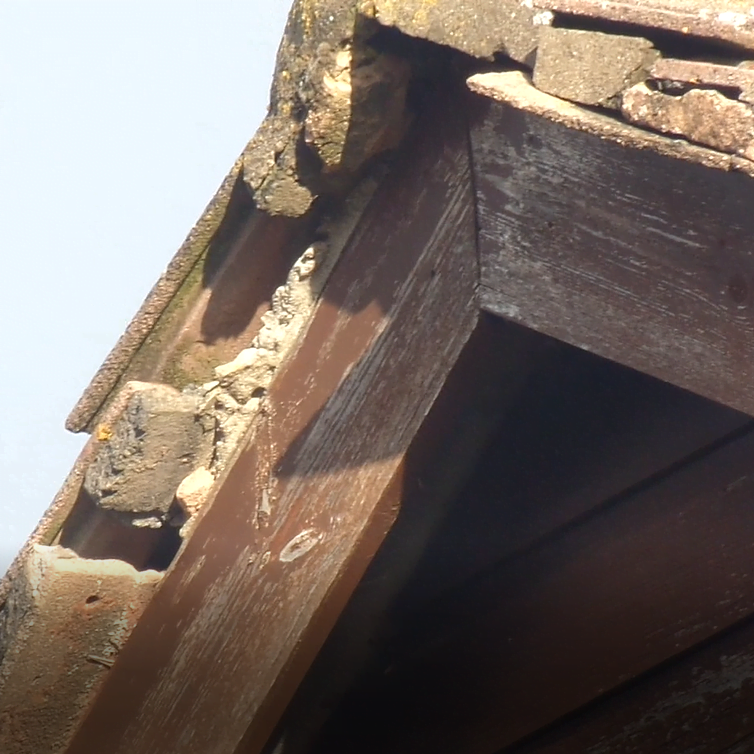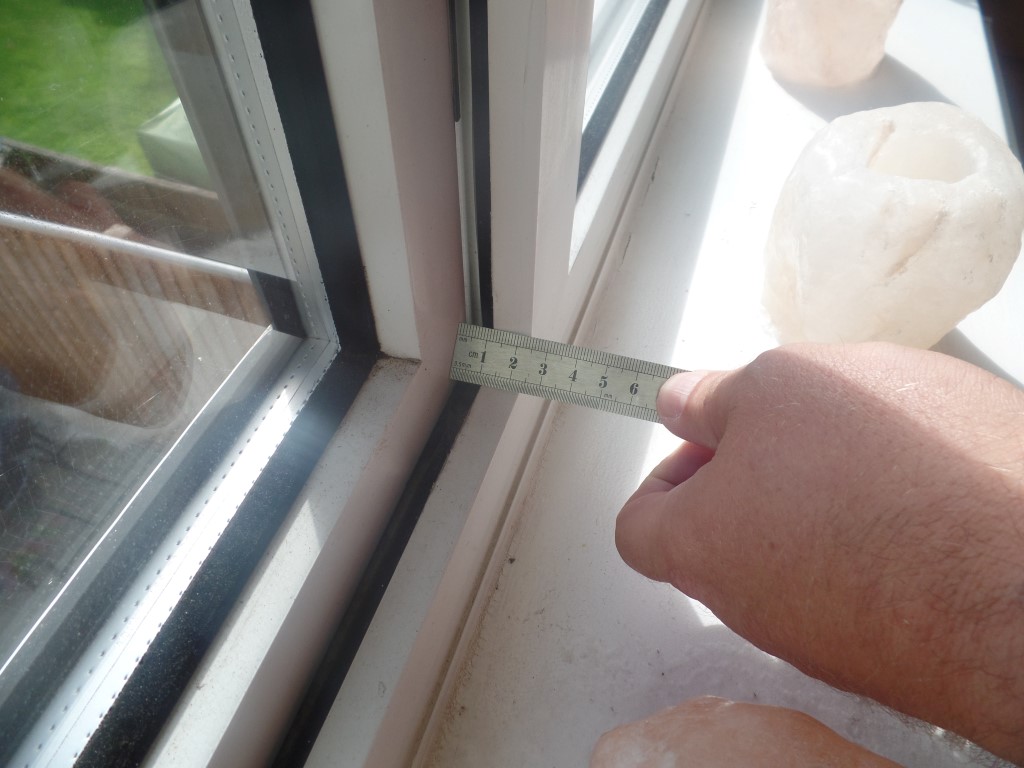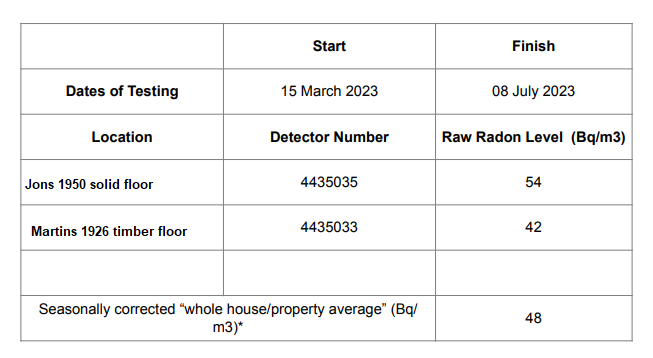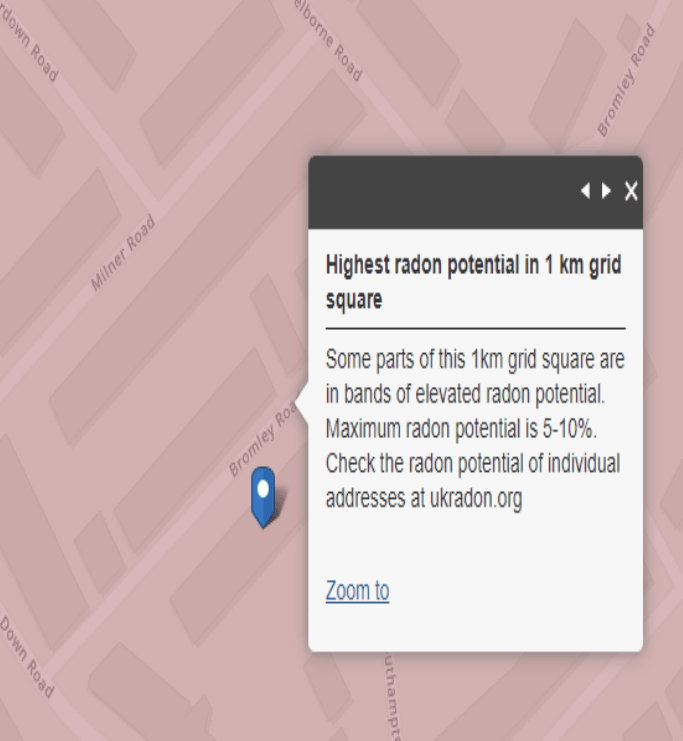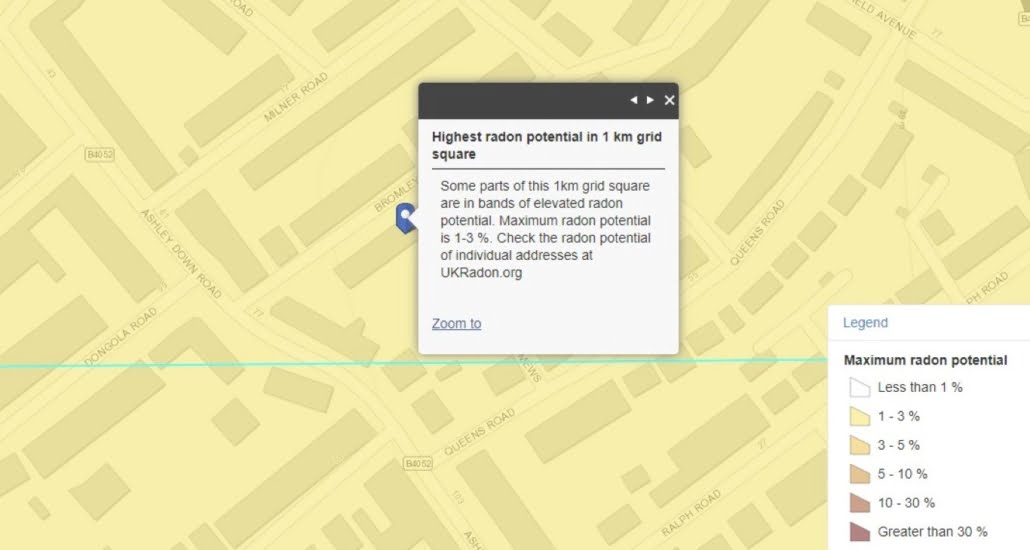Lifecycle of Clay Roof tiles
The Building research establishment suggest a clay and concrete tile have a similar lifespan. Manufacturers will normally guarantee the tiles for 30 years with a 60-year life expectancy. As the BRE is the preeminent body with regards to building science and testing. This links to the British Standard as this will also fed into the calculations as they will define permeameters such as porosity with a seepage tests for example.
Bristol
If you look around Bristol there are countless clay roofs that have exceeded this. After the Second World War clay tiles fell out of favour as concrete tiles were more hard wearing and easier to produce. Hence the majority of the clay tiles that you will see are at least 70+ years old. Which is a above the expected lifespan. Even when a roof has been re-felted and the clay tiles reused they are often in poor condition. The surface is normally pitted and they just tend to progressively get worse.
Likely if a re-used clay tile was tested in the same manner as a modern tile they would fail. For one the levels of porosity would be such that the felt beneath would be doing much of the work. The tiles are supposed to be the primary method of keeping water away from the felt and habitable spaces beneath when they become too porous the roof’s integrity relies on the felt. Felt is not designed to be kept damp for prolonged periods especially modern felts.
Reactive vs proactive again
When re-roofing a property most people do not think about the long-term ramifications. It Is likely that the desire to re-roof is not one of arranged proactive maintenance. A leaking roof needs to be done quickly. It is often an unexpected expense and a very significant one . The idea of spending thousand of pounds to supply the new tiles required for a roof is often one that cannot be readily afforded.
The trades perspective
From a roofer’s perspective it is much easier to remove the tiles from the roof and stack them on the scaffold prior to relaying them. The alternative is to arrange a skip to dispose of the old, buy and deliver the new. Then the labour to bring the tiles from the ground up the scaffolding and stack ready for use.
From a roofer’s perspective it is fairly easy to persuade a customer that the old tiles will be acceptable. Just simply change out the odd one when it gets broken. That being said when the occasional tiles that will get broken during the re-roof the match is unlikely to be exact. This is due to differing brands of tile that are ever so slightly differing in their profile. This means that the tiles do not overlap successfully, as the supply of reclaimed tiles is dwindling this is becoming more common.

